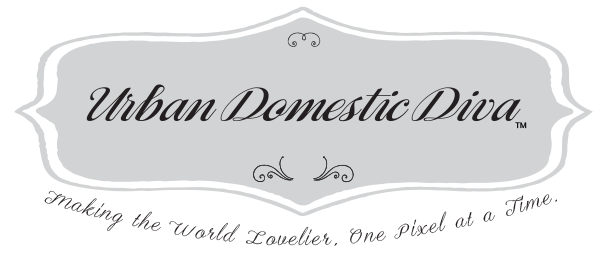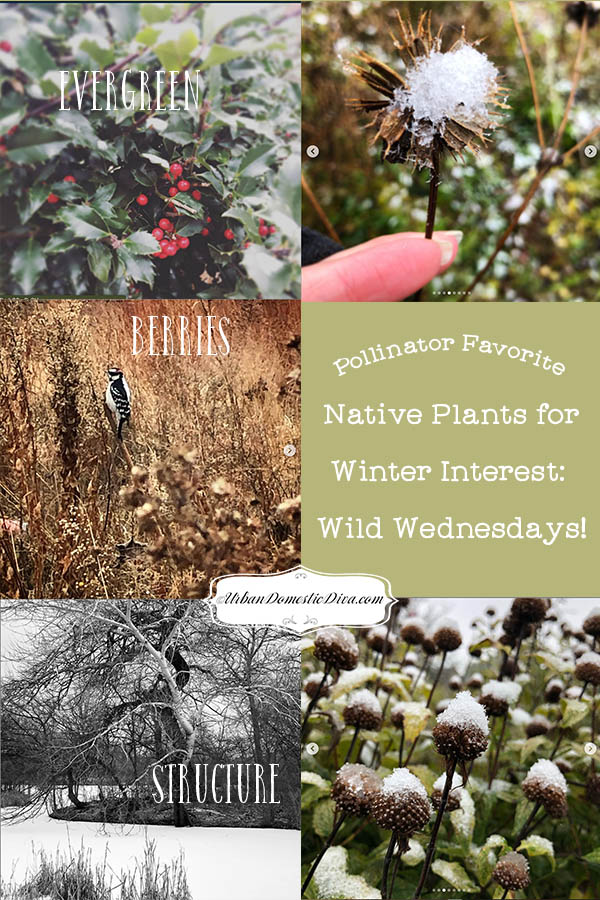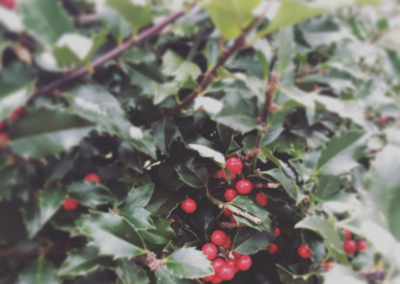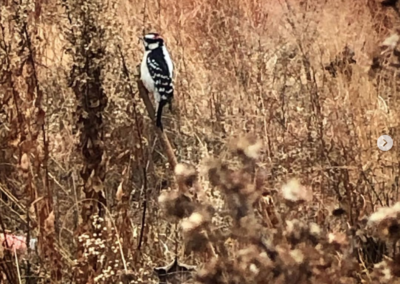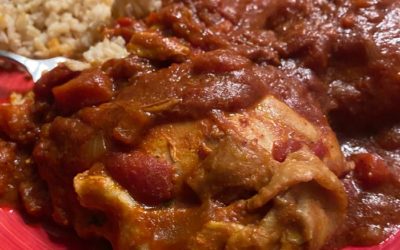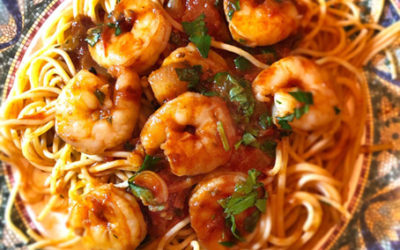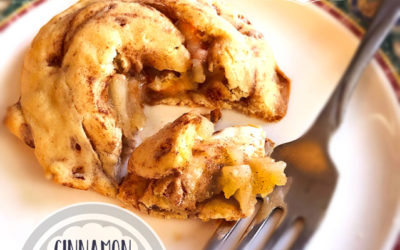Cold months are hard for gardeners. Yes, the break is kind of nice. But we do miss pottering around our verdant beds, watching all the wildlife, and tending to our flowers as a farmer tends to his chickens and cows. And let’s face it, looking outside at your garden in the winter is not so great.
That is unless you planted natives-and followed my instructions on leaving well enough alone for the fall chores in the yard. If you left the seed heads and branches in your garden, chances are you are seeing some great wildlife coming by for food and shelter. Watching your garden feed the wildlife in the dead of winter is very satisfying.
Leaving things alone in the fall can also provide some visual interest in the garden as well, even as snow piles up on seed pods and rough-and-tangle dead branches.
If you are looking to add winter interest to your yard, while still having those plants feed the pollinators-AND live in the Midwest-this Midwest-centric plant list (below) is your ticket!
I look at 3 distinct ways to add winter interest to gardens: Plants that stay relatively evergreen or semi-evergreen, plants that produce colorful berries, and plants that give interesting structures for unique shadows and shapes, even under the snow and ice. This list is probably missing a lot-Christmas fern comes to mind as a nice evergreen option for a woodland native. But I focused on nectar and food-producing favorites for the pollinators because, at the end of the day, that is what we need to plant to help their numbers, which keep declining at a record rate every year! We can add host plants to the list, and maybe my next Wild Wednesday I can focus on that aspect of helping biodiversity in our yards. After all, pollinator troubles are just a piece of our larger environmental challenges.
Keep these Midwest native plants in your journal, so come spring, you can update your garden beds with the forethought of some interest in the winter. You will not only feed the wildlife but your own need for beauty in your garden during the cold, grey winter.
Evergreen Options for Pollinator Food and Butterfly/Moth Nectar:
-

Eastern Star Sedge (Carex radiata) photo: praisirenursery.com
-
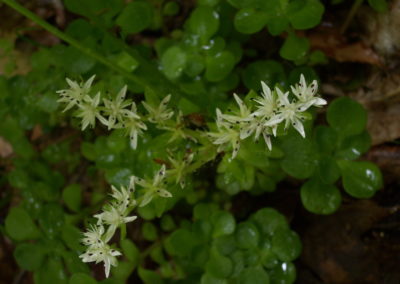
SEDUM (Sedum ternatum)
-
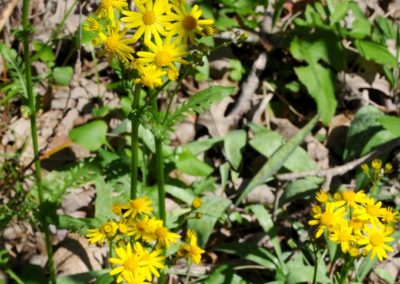
Roundleaf groundsel (Packera obovata) photo: sonnia hill
-
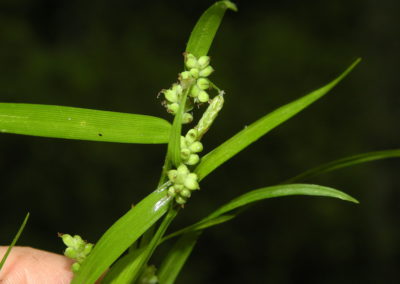
Eastern Woodland Sedge/Common Wood Sedge (Carex Blanda) Photo: Doug_McGrady
-
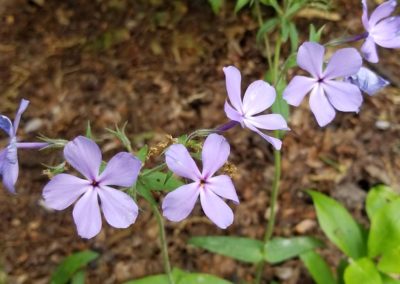
Wild Sweet William (Phlox divaricata)
-
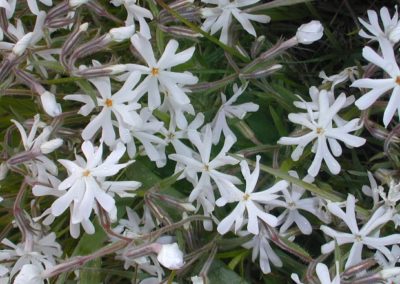
Sand Phlox (Phlox bifida) photo: illinoiswildflowers.info
Berry Producing Options for Pollinator Food and Butterfly/Moth Nectar:
-
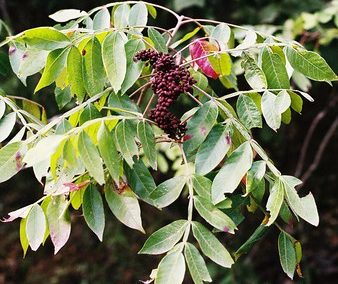
Smooth Sumac (Rhus glabra) photo: 20after4
-

Yellow Honeysuckle (Lonicera flava)
-

Missouri Gooseberry (Ribes missouriense)
-
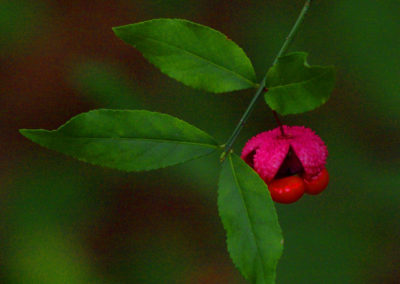
Strawberry Bush Euonymus americanus
-
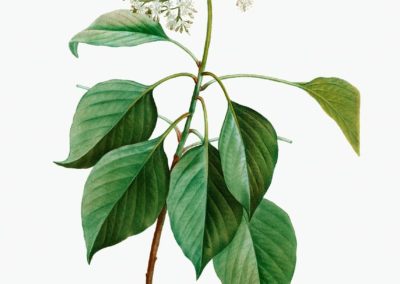
Pagoda Dogwood (Cornus alternifolia)
Structural Interest Options for Pollinator Food and Butterfly/Moth Nectar:
-
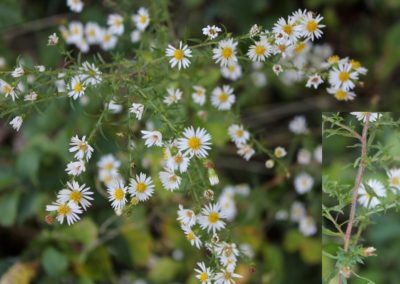
Heath Aster (Symphyotrichum ericoides) photo: calindarabus
-
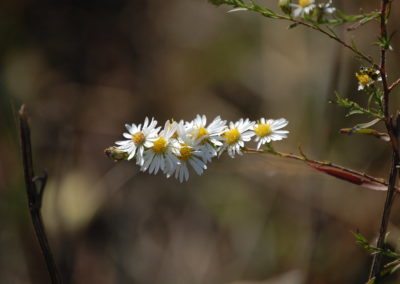
Frost Aster (Symphyotrichum pilosum) Photo: Friends of Neal Smith NWR and the Prairie Learning
-

Stiff Goldenrod (Oligoneuron rigidum) photo: USFWS Headquarters
-
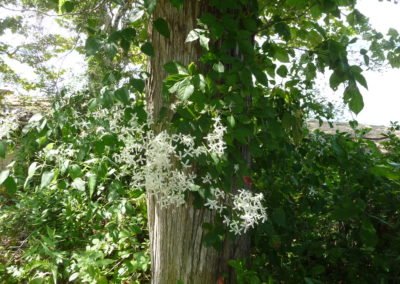
Virgin's Bower (Clematis virginiana) photo: vastateparksstaff
-
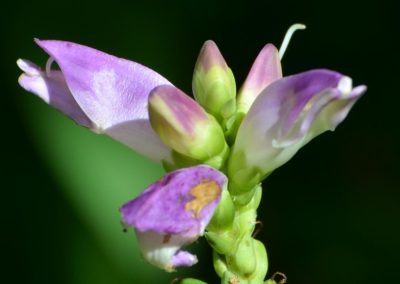
Rose Turtlehead (Chelone obliqua) photo: Wildreturn
- Sugar-Free, Low-Carb, Olive Oil Chocolate Hazelnut Tart - February 18, 2023
- Easy Slow Cooker French Onion Soup - November 28, 2022
- Recipe: Chicken Vindaloo with Whole Foods Vindaloo Curry Powder - January 22, 2022
